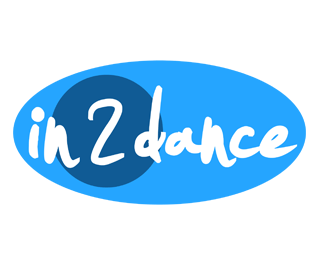Hit a Plateau in Your Workouts? Try This Technique
May 23, 2019
Topics in exercise physiology: bilateral deficit
There are a number of topics in exercise science that continue present us with more questions than answers. One such is the bilateral deficit phenomenon.
To break down the bilateral deficit, it may be easiest to start by breaking down the words. “bilateral deficit”. “Bilateral” comes from the Latin “bīnus”, meaning double, and “laterālis”, meaning “side”. A “deficit” comes from the Latin “deficiō” meaning to “fall short”. In summation, this is to say that “both sides fall short”.
What this means in practice, is that the muscles in the human body, I’m some instances, have been observed to get weaker when a motion is competed with two limbs instead of one (https://www.ncbi.nlm.nih.gov/pmc/articles/PMC3589403/). As an example, if a person has a 1RM of 50 kilograms while performing a two-handed bicep curl, that 1RM may be closer to 26 or 27 kilograms, more than half of the force of the combined arms, when performing a one-handed bicep curl.
What does this mean in practice? It comes back to muscle growth. It has been suggested (https://www.ncbi.nlm.nih.gov/m/pubmed/22344059/) that muscle damage may be an impetus for muscular growth, also known as hypertrophy. This muscular damage typically occurs at higher weights, more reps, and as a result of more explosive movements. By lifting in the 8-12 RM range with unilateral (one handed) as opposed to bilateral (two handed) exercise, the increased weight, on a per-limb basis, may translate to more physiological impetus for muscle growth.
In short, if you’re plateauing, try modifying some of your bilateral exercises into unilateral ones, while raising the weight (or maintaining the weight and attempting more reps) and using the bilateral deficit to your advantage.





